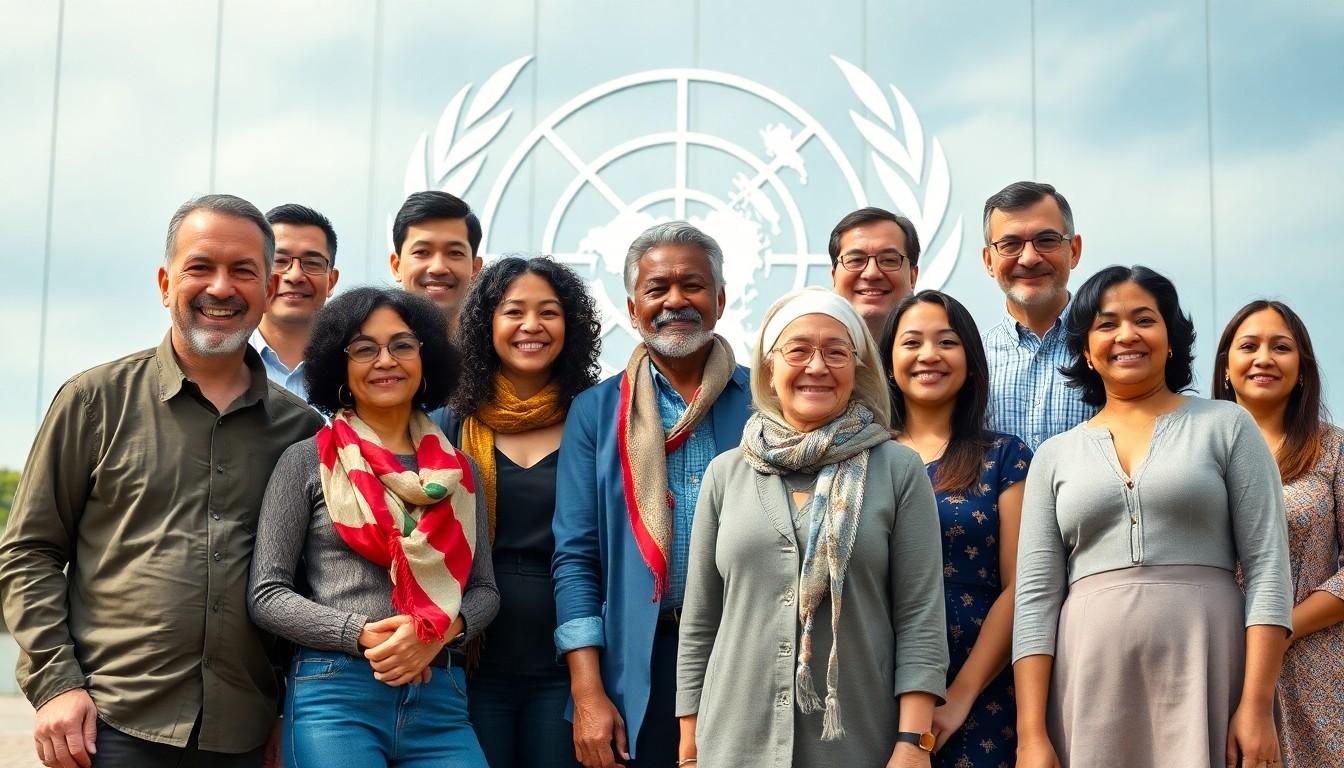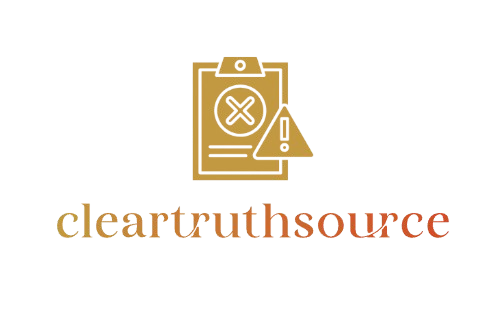In a world where everyone deserves a fair shake, the United Nations Declaration of Human Rights stands as a beacon of hope. Adopted in 1948, this groundbreaking document lays down the fundamental rights and freedoms every human being should enjoy. Think of it as the ultimate “how-to” guide for treating each other with dignity and respect—no assembly required.
But let’s be real: it’s not just a bunch of lofty ideals scribbled on paper. This declaration has sparked movements, inspired change, and even made politicians sweat a little. From the right to life to freedom of expression, it’s a reminder that everyone, regardless of their background, is entitled to a life free from oppression. So, buckle up and dive into the fascinating journey of how this declaration reshaped our understanding of human rights and why it still matters today.
United Nations Declaration of Human Rights
The United Nations Declaration of Human Rights serves as a crucial framework for individual rights and freedoms. Adopted in December 1948, this document laid the groundwork for contemporary human rights discussions.
Historical Context
The declaration emerged in response to World War II atrocities. The horrors of the Holocaust and widespread violations of human dignity prompted global leaders to establish a universal standard for human rights. The unfolding events showcased the dire need for protections against tyranny and oppression. Drafted by representatives from diverse cultural and legal backgrounds, the document reflects a collective commitment to uphold human dignity. It symbolized a pivotal moment in history, where nations recognized their responsibility to foster justice and peace.
Key Principles
Numerous central principles define the Declaration’s essence. Rights such as equality, freedom, and justice are foundational. Every individual deserves protection against discrimination, regardless of race, gender, or nationality. The declaration emphasizes the inherent dignity in all people. Moreover, it establishes the right to life, liberty, and security. Fundamental freedoms of thought, expression, and peaceful assembly also hold significant importance. These principles collectively represent an unwavering commitment to uphold human rights universally. Each tenet in the declaration shapes policies and inspires advocacy worldwide.
Structure of the Declaration

The United Nations Declaration of Human Rights features a clear structure designed to communicate its essential messages effectively. It consists of a preamble followed by 30 articles that detail individual rights, responsibilities, and protections.
Preamble
The preamble serves as an introduction, outlining the Declaration’s purpose and foundational principles. It emphasizes the recognition of human dignity and the rights inherent to all individuals. Furthermore, it highlights the need for respect, justice, and peace. The preamble sets the tone, expressing the aspiration for a better future where rights are universally upheld. This context establishes the significance of each article that follows and reinforces the commitment to human rights worldwide.
Articles Breakdown
The 30 articles are categorized into several themes, including civil, political, economic, social, and cultural rights. Each article articulates specific rights, such as the right to life, freedom from torture, and equality before the law. For example, Article 1 states that all humans are born free and equal in dignity. Article 3 guarantees the right to life, liberty, and personal security. These articles collectively encapsulate a vision for safeguarding individual freedoms and fostering justice. Each right outlined supports the broader objective of promoting peace and preventing discrimination on any grounds.
Impact on Global Human Rights
The United Nations Declaration of Human Rights serves as a cornerstone in shaping global human rights standards. Its influence permeates various aspects of international law and advocacy efforts.
Influence on International Law
Significantly, the Declaration laid the groundwork for numerous international treaties and legal frameworks. It inspired the International Covenant on Civil and Political Rights and the International Covenant on Economic, Social, and Cultural Rights. Many countries adopted components of the Declaration into their national laws, promoting accountability and justice. Legal systems worldwide reference the Declaration, establishing benchmarks for human rights protection. Furthermore, it plays a crucial role in shaping the decisions of international courts and tribunals.
Case Studies of Implementation
Numerous countries exemplify the Declaration’s impact through their policies. For instance, South Africa integrated the Declaration into its post-apartheid Constitution, ensuring equal rights for all citizens. Brazil’s commitment to the Declaration highlights efforts in combating discrimination and promoting social equality. In Tunisia, the adoption of human rights elements from the Declaration transformed public discourse and policymaking, especially post-revolution. These case studies demonstrate the practical application of the Declaration across diverse legal systems and cultural contexts.
Critiques and Challenges
The United Nations Declaration of Human Rights faces several critiques and challenges that impact its implementation.
Limitations of the Declaration
A significant limitation rests in its non-binding status. Countries ratifying the Declaration aren’t legally obligated to comply, which can lead to selective adherence. Enforcement mechanisms remain weak, creating barriers for accountability. Countries often interpret articles differently, causing inconsistencies in human rights norms globally. Cultural relativism also presents hurdles, as some states prioritize tradition over universal rights. Additionally, the lack of specific enforcement bodies complicates efforts to address violations effectively.
Contemporary Issues
Contemporary issues exacerbate the relevance of the Declaration. Growing authoritarianism threatens civil liberties in various nations. Governments increasingly restrict freedom of expression, suppressing dissenting voices and free press. Economic inequalities further challenge the realization of social rights enshrined in the Declaration. Climate change poses an emerging crisis, directly impacting the rights to life, health, and security. Lastly, ongoing conflicts and humanitarian crises often highlight the urgent need for stronger global commitment to human rights protections.

